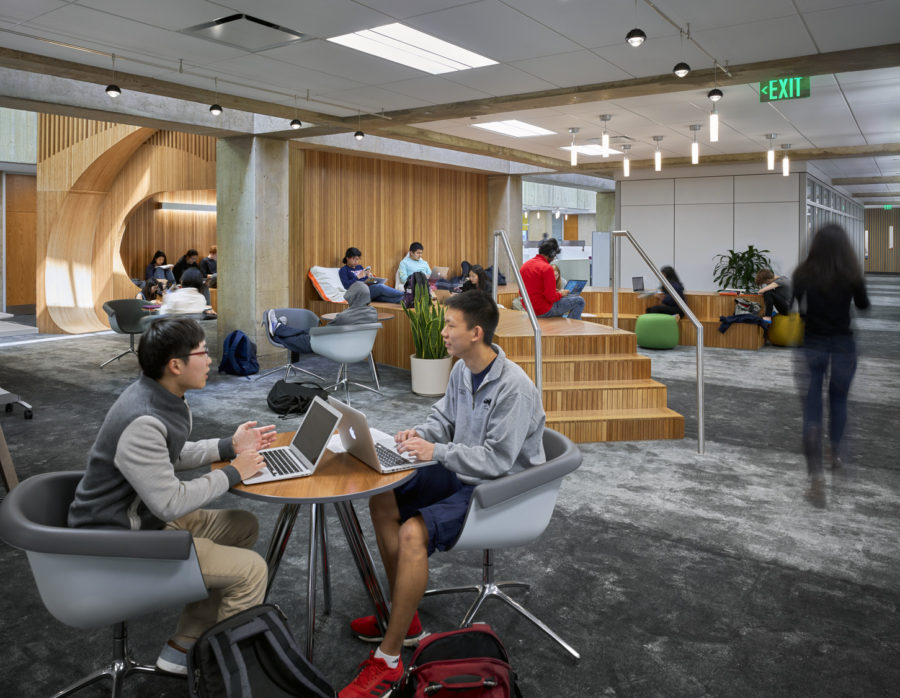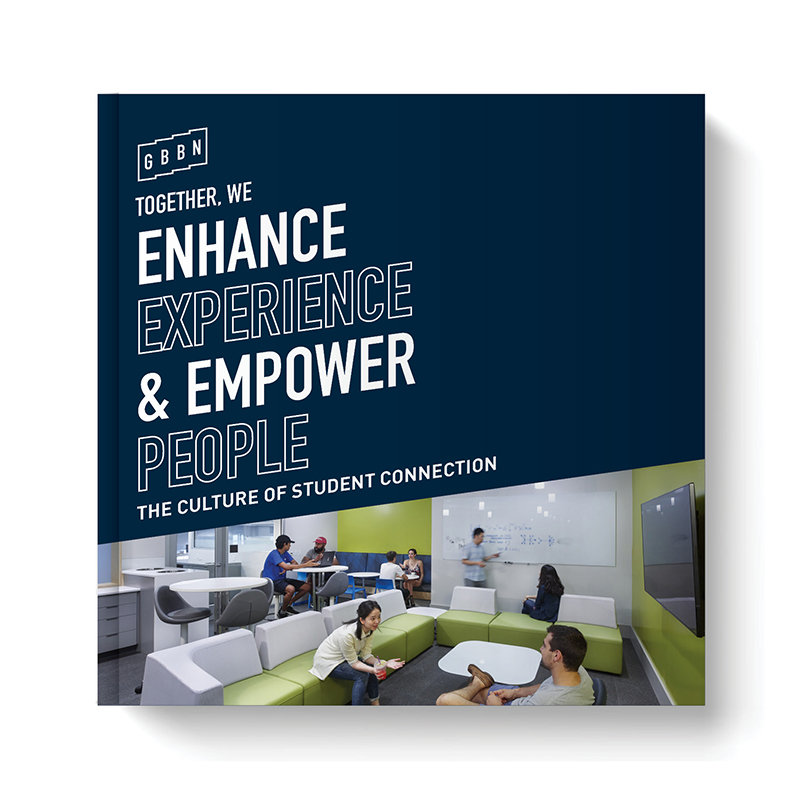Insights
Sep 1, 2022 _ insights
It’s Not Just You, Making Friends Is Hard: Building Connections Through Campus Space
Making friends and building networks in a new place can be an overwhelming experience for many university students, but it doesn’t have to be. What if campus spaces themselves encouraged connections and fostered deeper relationships?
Building community shouldn’t be left to chance. Intentionally designed, shared spaces foster student well-being, connecting them to other students and to the life of the university. Fostering a sense of belonging doesn’t just cultivate a better student experience, it’s consistently linked to higher academic outcomes, lower dropout rates, and improved health outcomes.
To design spaces that promote belonging, architects need to understand the needs of students and the culture that sets their client’s university apart. Some basic principles we follow in when considering how to design shared campus spaces include:
- Design for Connection. The bonds that students form in college are essential to their success, both in and outside of the classroom. They can make the difference between feeling overwhelmed by the demands of college and having the resources needed to tackle those challenges. Taking special care to create spaces where students have options about how to engage one another enables them to build a rapport with others as they find the people and activities that are right for them.
- Design for Well-Being. A recent report from the American College Health Association found that 60% of students report feeling “overwhelming anxiety” and 40% report experiencing depression so severe that they had difficulty functioning. Design alone cannot solve these issues, but it can help. Well-designed spaces can draw students out of their rooms, promoting socialization, connection to nature, and physical activity.
- Translate Culture into Space. Each college or university has their own identity, their own habit, and way of doing things. Each university’s distinct culture will shape how students interact and find their home on campus. Do your students make friend at the big game or in excited, post-lab discussions? How do students form meaningful connections or find extracurricular activities? Taking the time to answer these kinds of questions is essential, because their answers determine the right mix of campus spaces.
Want to learn more about what a well-designed public space can do for your students? Read about our approach to public space on campus in Culture of Student Connection.
Zachary Zettler AIA, LEED AP is GBBN’s Director of Higher Education. With 20 years’ experience designing campus spaces, Zachary is a trusted advisor to our university clients and a recognized expert on higher education design. Zachary’s work includes Miami University’s Western Campus Residence Halls, University of Cincinnati’s Marian Spencer Hall, and UC’s Digital Futures. He has also published insights on repurposing campus spaces and predictive analytics in university masterplans.






